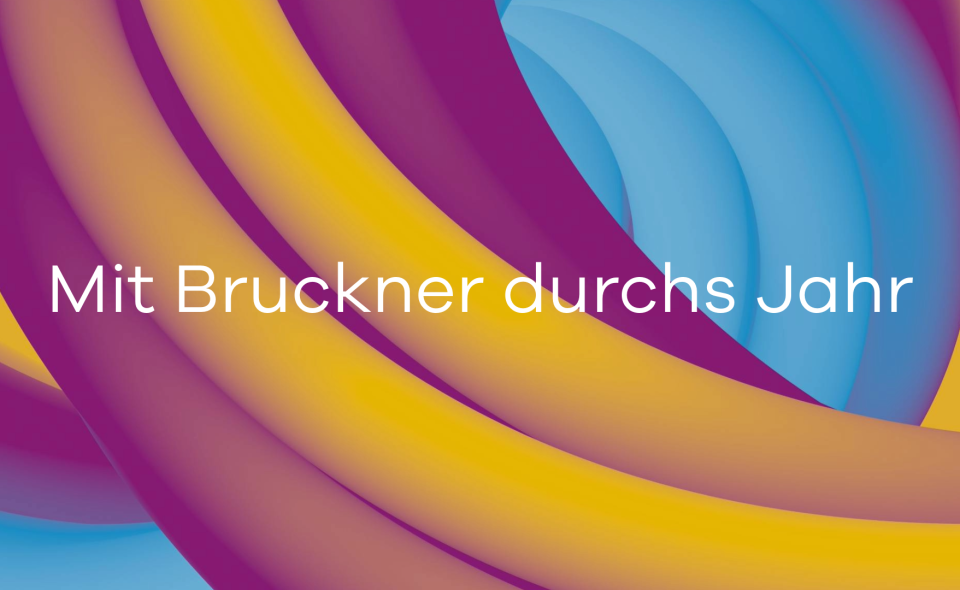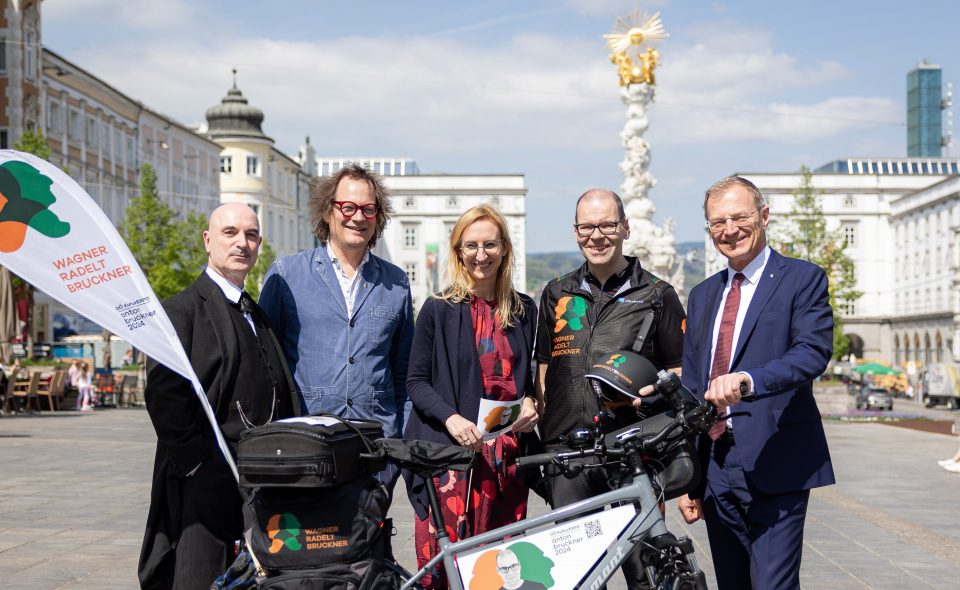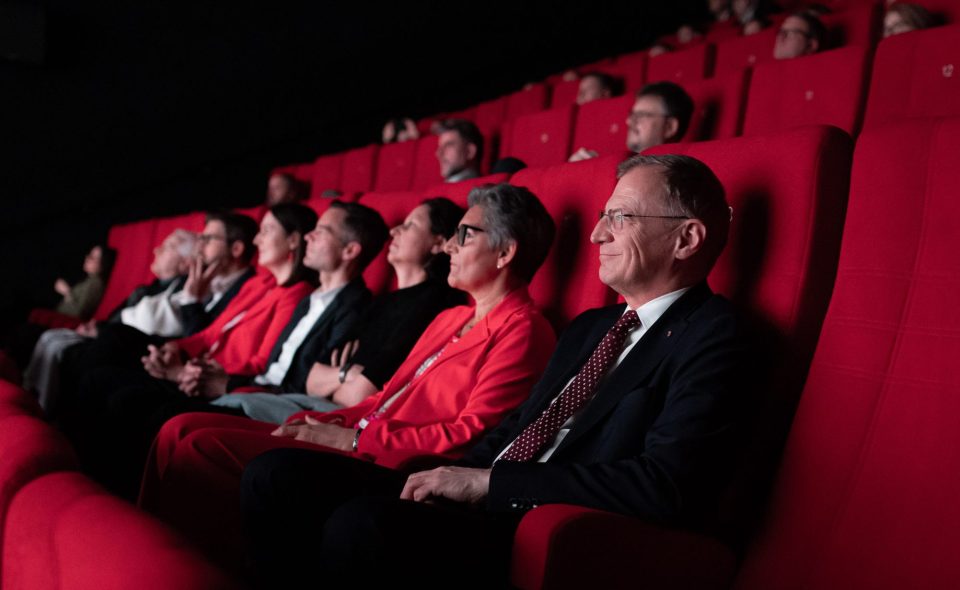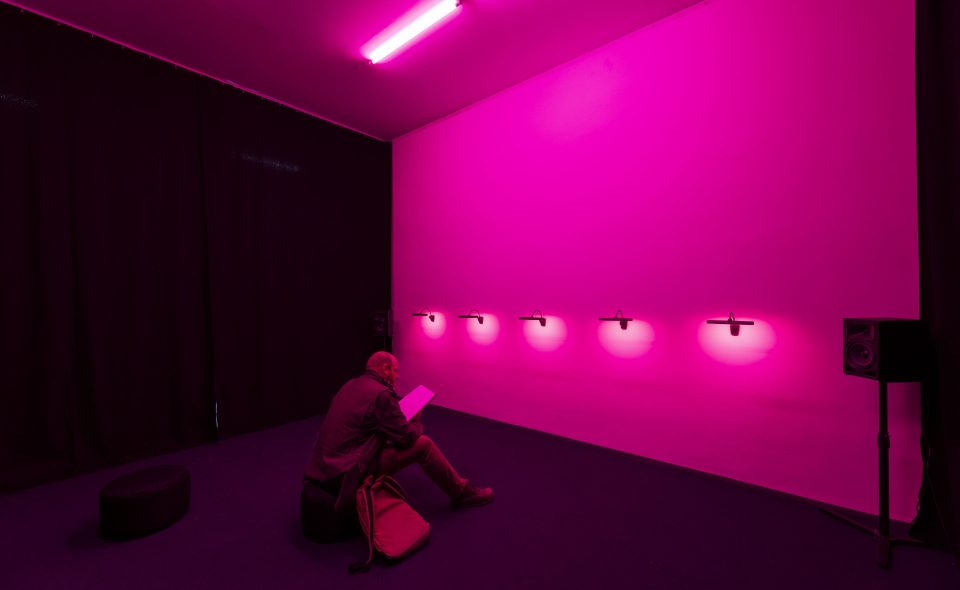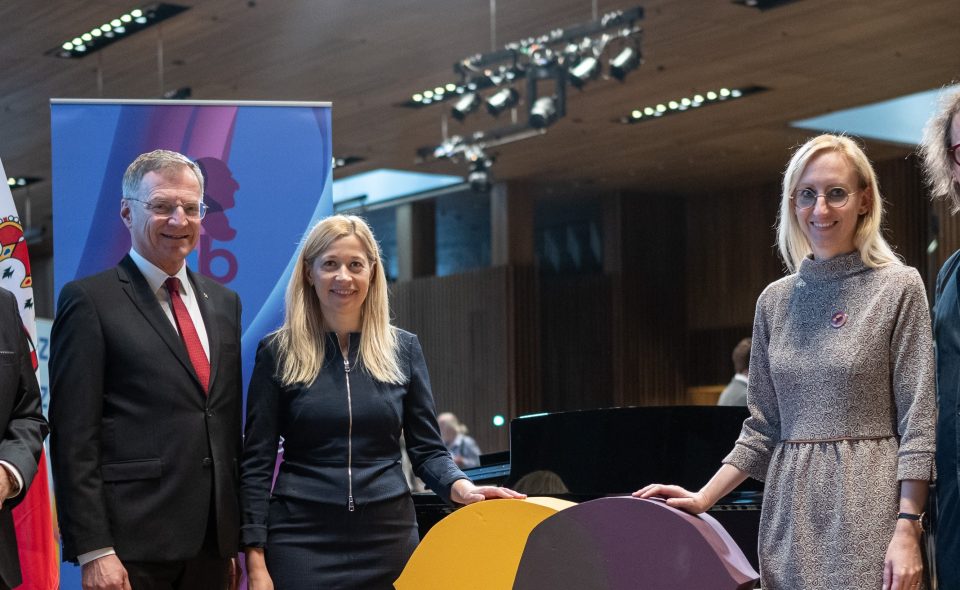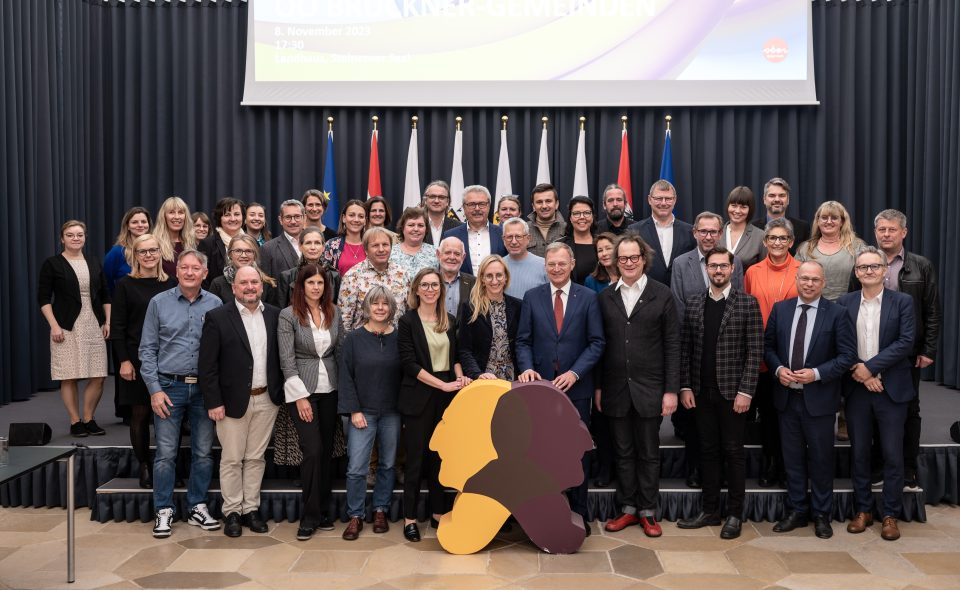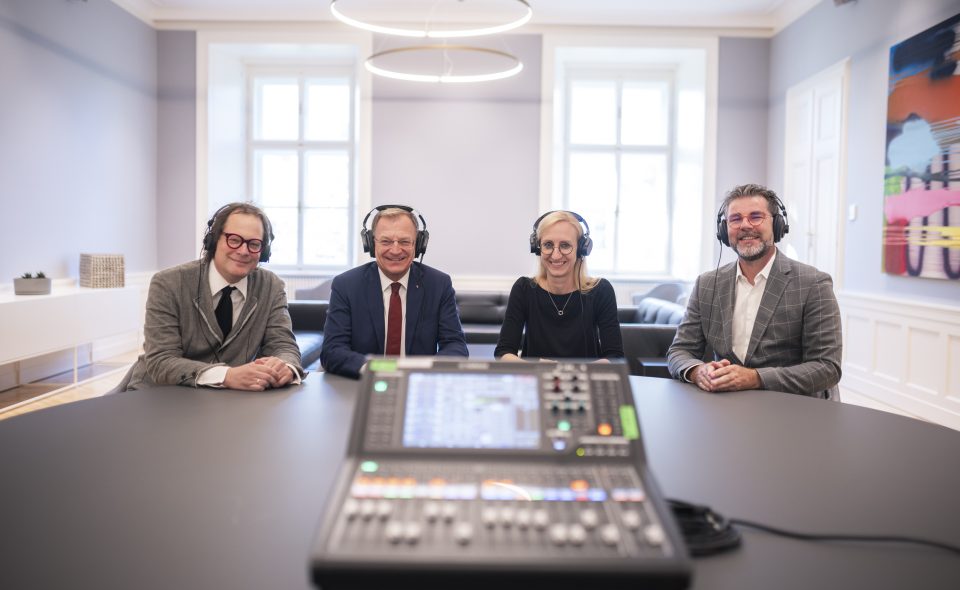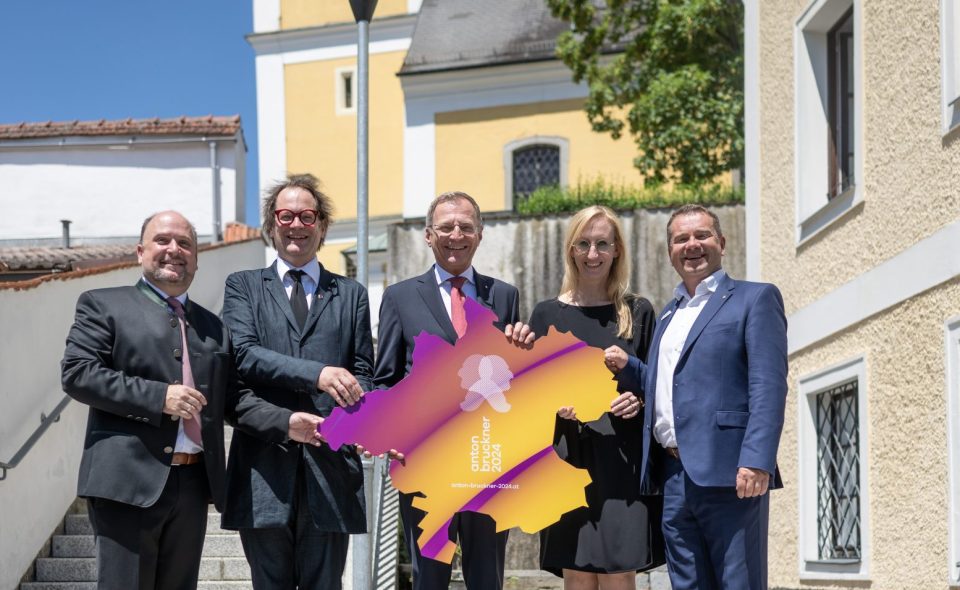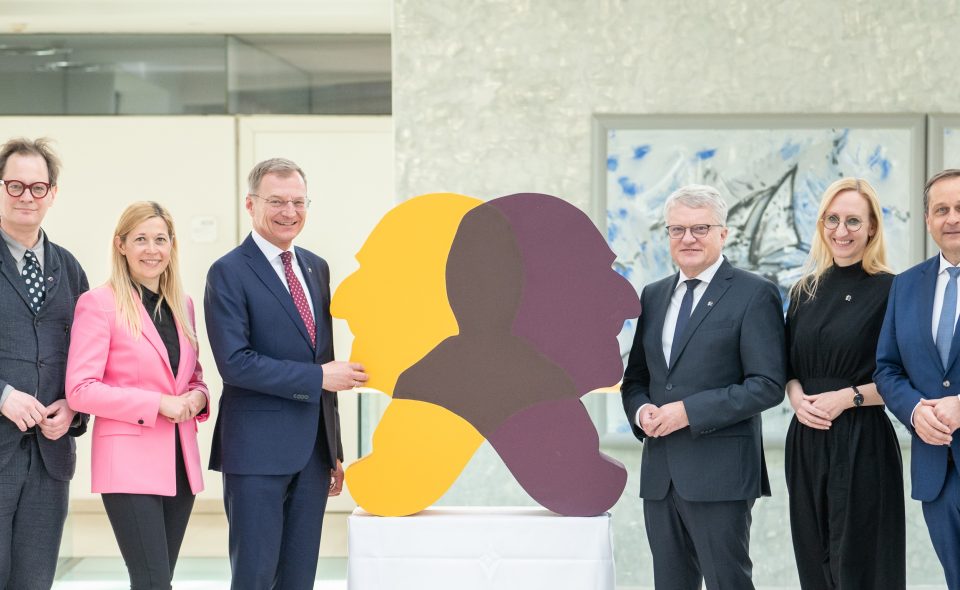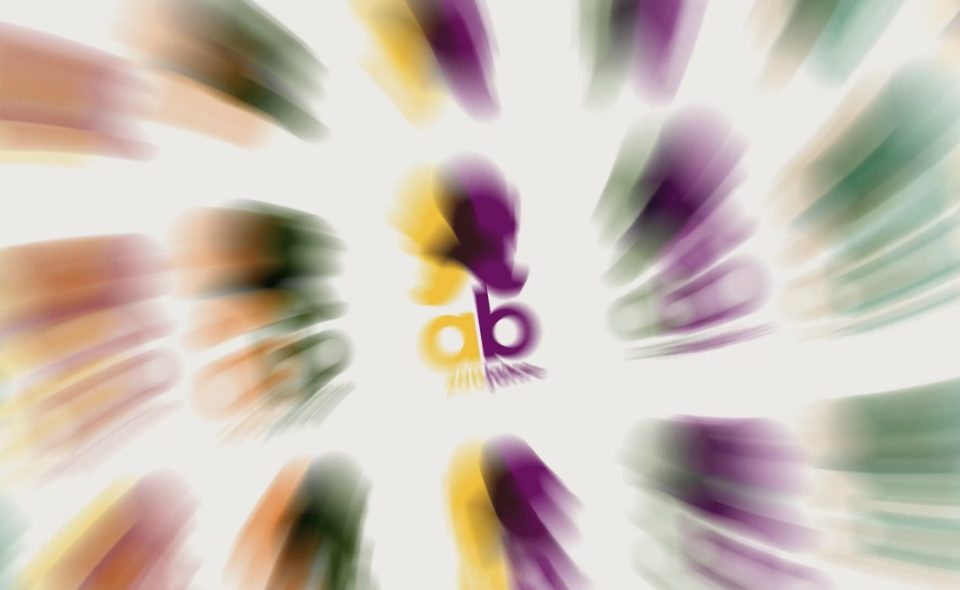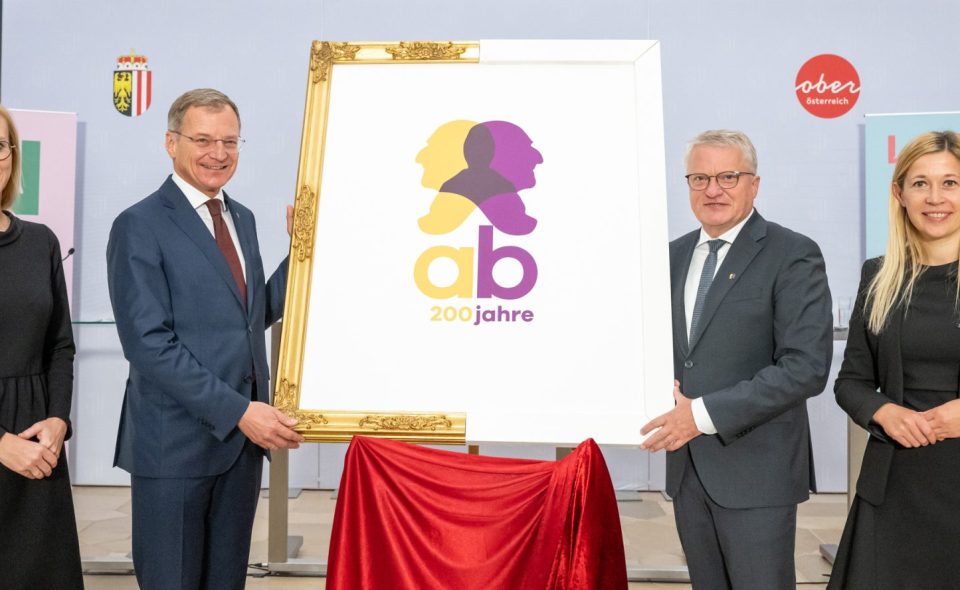There are works of art and then there is their creator. Listening to them and examining them more closely or from further afield, they both become more fasinating. And the more questionable the stereotypical attributions appear to be which have been given to the man and composer along with his oeuvre over the course of decades. If one takes the oeuvre, it consists of more than the nine symphonies, three masses, the Te Deum, the handful of motets and the one string quintet. The compositions for the piano, the choruses and the cantatas should also not be forgotten.
For Bruckner was also one of the leading, if not the best organist and improviser of his time. As an organist, he exculpated himself ecstatically not only on his regular organs in the St. Florian Basilica, in the Alter Dom (Old Cathedral) in Linz and later in the Wiener Hofburgkapelle (Vienna Imperial Court Chapel), but also on his many summer walks and trips in Upper Austria. He undertook excursions to visit relatives, colleagues, friends and patrons. Bruckner played the organ in Bad Ischl and Bad Goisern, in Wels and Vöcklabruck, in Wilhering and Kremsmünster, in Steyrling and Steyr, in Sankt Marienkirchen an der Polsenz and who knows where else. No one recorded what he created in the process and this must be considered lost. This also applies to his performances in Paris, Nancy and London, which were celebrated by thousands. Like a rock star of his era, he caused a furor both at Crystal Palace and at the Royal Albert Hall.
In the history of music, Bruckner stands for a turning point. He was trained to the highest level in classical compositional techniques with a solid background in musical tradition, and yet this passionate fan of Beethoven, Schubert, Berlioz and Wagner developed a musical language that was so new that it irritated many of his contemporaries and even unsettled some of them. Its grammar included new inventions such as fading and editing as well as tricks that had previously been taboo. These included repetition, which today would perhaps be called a 'loop', and a general pause in the middle of a movement in musical anticipation of a later fading to black, much as in a film.
The music of the - supposed or incarnate - 'Musician of God' is perhaps most likely Catholic in its tendency towards the overwhelmingly sublime. This contrasts with Bruckner's musical imprint as a country violinist who would play for dancers all night long and was passionate about quadrille dancing. The same goes for the fact that the professional musician was not above conducting an amateur ensemble such as the "Liedertafel Frohsinn" ensemble, attending the rehearsals of local men's choir groups while on vacation, and writing and dedicating small pieces of music to them. This shows that the professional Bruckner never thought himself superior to his musical contemporaries.
Of course, Bruckner is also characterised by the fact that he wore his trousers at half-mast and preferred overly loose clothing and by his intemperate eating and drinking habits involving large amounts of alcohol. The same is true of the strange relationship he had with women, upon whom he spied to find out about their potential dowries. He is known for his neurotic compulsion to count, his drive for titles, certificates and other forms of confirmation of his skills, as well as his morbid fascination for graves and corpses. Yet, Anton is also known for his considerable fitness as a walker, the fact that he was an excellent swimmer and for his gentle manner towards children, which made him a popular teacher. He was also renowned for his inquisitiveness, which took him to the foot of Mont Blanc and - of his own free will - to the dungeons of Castle Altpernstein.
In many cases, the image of Bruckner as a clumsy and barely self-supporting eccentric has become firmly established but this belies his impressive career: as a teacher, a university lecturer, an imperial and royal court organist and the holder of an honorary doctoral degree. The Upper Austrian was a member of the upper ten thousand and as such he belonged to the educated social elite not only at home but also in the cosmopolitan city of Vienna.
As a composer of new music he also experienced some nonsuccesses but during his lifetime, there were celebrated performances of his works in Munich, Leipzig and Berlin, among other places, as well as in New York, Boston, Philadelphia and Chicago. The first biography of Bruckner was also published before his death in the Kustodenstöckl of the Belvedere in Vienna, whiere he was allowed to live rent-free with the blessing of the Emperor, Franz Josef. Thanks to his income as a university teacher, several scholarships and grants, Bruckner died a wealthy and prosperous man.
128 years later, the 200th birthday of this man and artist, who was exceptional in every respect, represents an excellent opportunity to take a closer look at him and his work in an unbiased way and to discover him anew - for all of Upper-Austria and for oneself.
In the course of the Bruckner-Year 2024, will give him and ourselves the gift of his complete works, so that we can finally get to know the whole of Bruckner and let the music speak for the human being.




